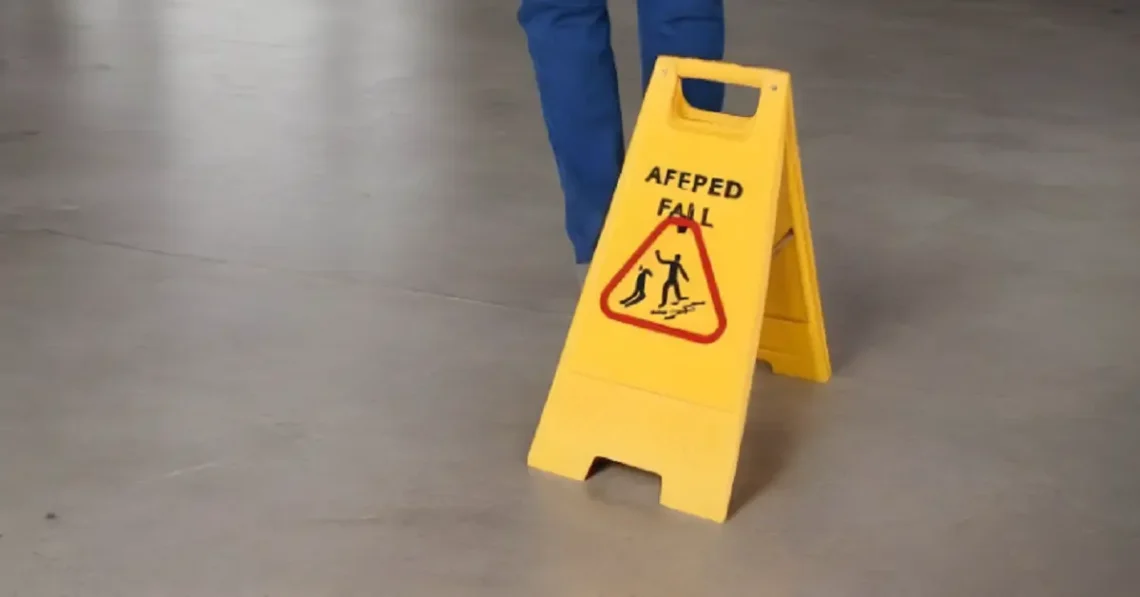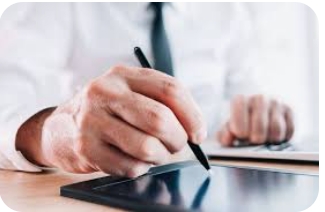Slipping and falling accidents are a key problem for many industries because they endanger customers and employees. Efficiency in safety measures is a legal obligation and a crucial step in safeguarding individuals and preventing legal action.
This blog post will highlight basic safety measures firms can take to avoid slips and falls on their premises. We will examine ways to make the environment safer, such as maintaining signage and addressing risks quickly.
In the unfortunate case of a slipping and falling mishap resulting in injury, see a competent professional. An expert slip and fall lawyer Las Vegas can help clients navigate the legal system. Participate with us as we delve into the preventative measures that companies may take to increase safety and reduce the likelihood of accidents involving slipping and falling, therefore guaranteeing that everyone is able to enjoy a safe and pleasant atmosphere.
Remove Debris From Pathways Regularly
Businesses must maintain walkways to prevent employee slips and falls. To keep employees, customers, and visitors safe, walkways must be regularly cleaned of debris. In poor weather, leaves, debris, and equipment can be dangerous. This is especially true in harsh weather.
By routinely cleaning and quickly removing debris, businesses may greatly reduce the risk of accidents and injuries. Establishing a culture of cleanliness and awareness among employees can also help ensure that everyone maintains clear walkways for the safety and well-being of all visitors.
Non-slip Flooring in High-Risk Regions Is Essential
Slippery surfaces in high-risk areas of businesses can enhance the danger of slipping and falling accidents. Companies must consider installing non-slip flooring in particular areas to reduce damage. flooring like rubber or textured tiles can reduce slips and falls. These flooring options grip better.
Flooring materials with anti-slip properties are engineered to provide traction even in areas prone to oil or moisture. Installing such flooring can enhance safety for employees, customers, and visitors, effectively minimizing slip-and-fall incidents in areas with elevated risk levels.
Wet floors require caution signs
Companies should also post warning signs for moist floors to avoid slip-and-fall accidents. Wet floors are risky because they cause slips and falls. Companies can alert people to potential hazards by properly putting caution signs in areas where flooring may become wet, such as near entryways, restrooms, or spill-prone areas. These signs encourage people to adjust their behavior and navigate the area safely.
Businesses must inspect and replace damaged or fading signs to keep them visible and prevent accidents. By integrating caution signs in their safety processes, organizations may show their commitment to keeping visitors safe.
Promote proper footwear for workers
Training employees on proper footwear is one of the most overlooked ways to reduce slips and falls. The footwear personnel wear affects their stability and grip, reducing slips and falls. It’s crucial to teach workers how to choose shoes for their workplace. In damp or slick areas, this may require slip-resistant shoes or boots with enough traction.
Regular training should emphasize footwear safety and provide advice on choosing industry-standard footwear. Organizations can improve safety and prevent slip-and-fall accidents by educating staff about proper footwear.
Repair or Replace Damaged Stairs
Stairway safety is crucial to decreasing slip and fall events in commercial buildings. Businesses must carefully choose whether to repair or replace broken stairs. Timely repairs can fix small issues like loose handrails or worn treads, keeping the stairs functional and sturdy. However, replacing the stairs may be best if the damage is substantial or affects their structural stability. Staff and consumers should be kept safe by fixing faulty staircases immediately.
An expert assessment can help determine the best line of action for fixing broken stairs quickly. If a business prioritizes frequent inspections and repairs or replaces broken steps, slip and fall occurrences can be reduced and a safe atmosphere established for all visitors.
Keep lighting adequate and steady
Accidents involving slipping and falling within business premises frequently stem from inadequate lighting conditions. Diminished or erratic illumination poses risks to both employees and patrons, necessitating regular assessments of lighting setups to guarantee their functionality and adequacy. This involves tasks such as identifying and replacing burnt-out bulbs, addressing dim or flickering lights, and illuminating areas with poor visibility.
Ensuring uniform lighting levels throughout the establishment and averting sudden changes in brightness is paramount to preventing confusion and potential accidents. Optimal lighting enhances visibility and safety, enabling individuals to identify potential dangers and move about with assurance.
Safety inspections should be regular
Routine safety inspections should be part of firms’ safety practices to ensure personnel and customer safety. These inspections analyze the premises for potential hazards and identify areas for improvement. Routine inspections of walkways, staircases, railings, and other structural components allow businesses to prevent problems. This permits them to avoid mishaps from occurring.
Inspections also show firms’ commitment to security and safety. To ensure thorough inspections, an organized inspection schedule, checklists, and stakeholder participation are recommended. Companies may greatly reduce slip-and-fall accidents by carefully performing routine safety inspections, making the workplace safer for everyone.
Emergency Precautions
Business entities need to develop protocols for unforeseen circumstances alongside regular safety assessments. Anticipating unexpected crises is vital for preserving lives and reducing harm. It’s imperative to establish well-defined procedures for fires, natural calamities, and medical crises. As a component of this, personnel designated for emergency response will undergo thorough training and be furnished with appropriate resources to manage diverse scenarios.
Companies should also publish and make emergency exits and evacuation routes visible to staff and consumers. Regular training and exercises should familiarize personnel with emergency measures and ensure they can respond quickly and efficiently in a crisis. If they have a crisis plan, businesses can control risks and protect employees and consumers.
In conclusion, these basic safety measures can greatly prevent slip-and-fall accidents at your organization. This ensures the health and safety of your employees and customers and protects your organization from financial and legal issues. If you regularly assess and resolve hazards, train people, and keep the workplace clean, you can make it safer for everyone.
Always remember that prevention is better than responding to accidents. Your organization must prioritize safety to create a productive and healthy workplace.





